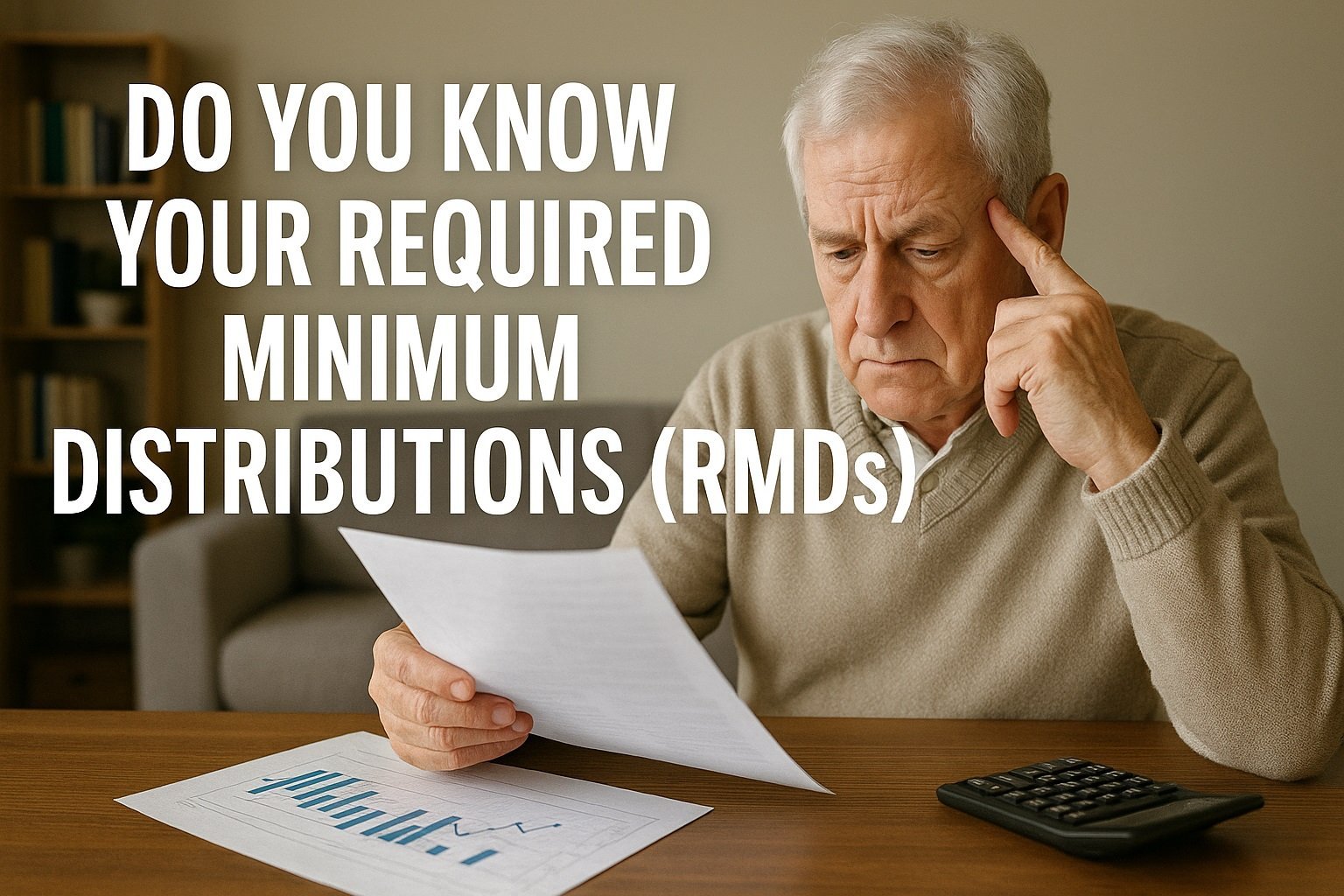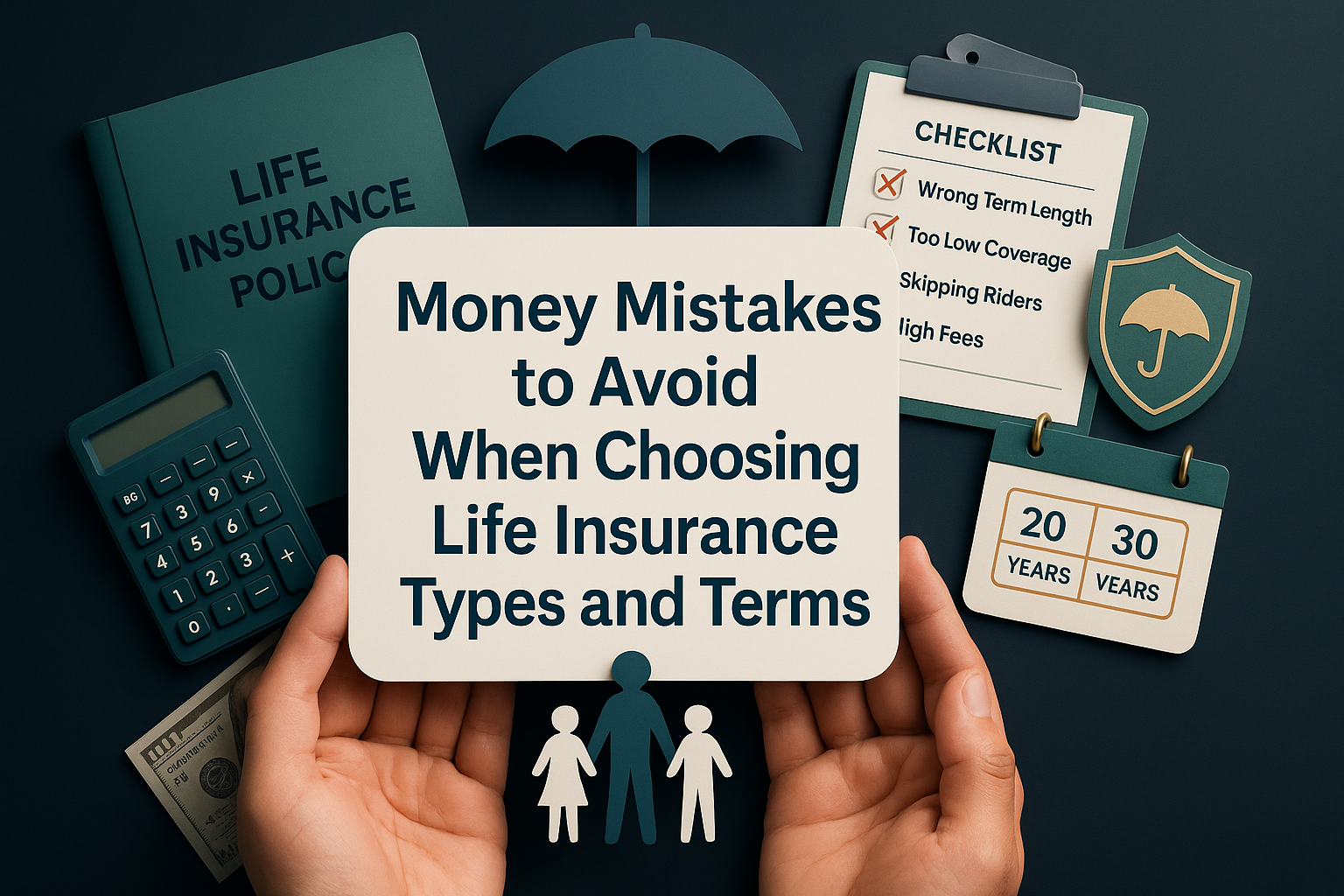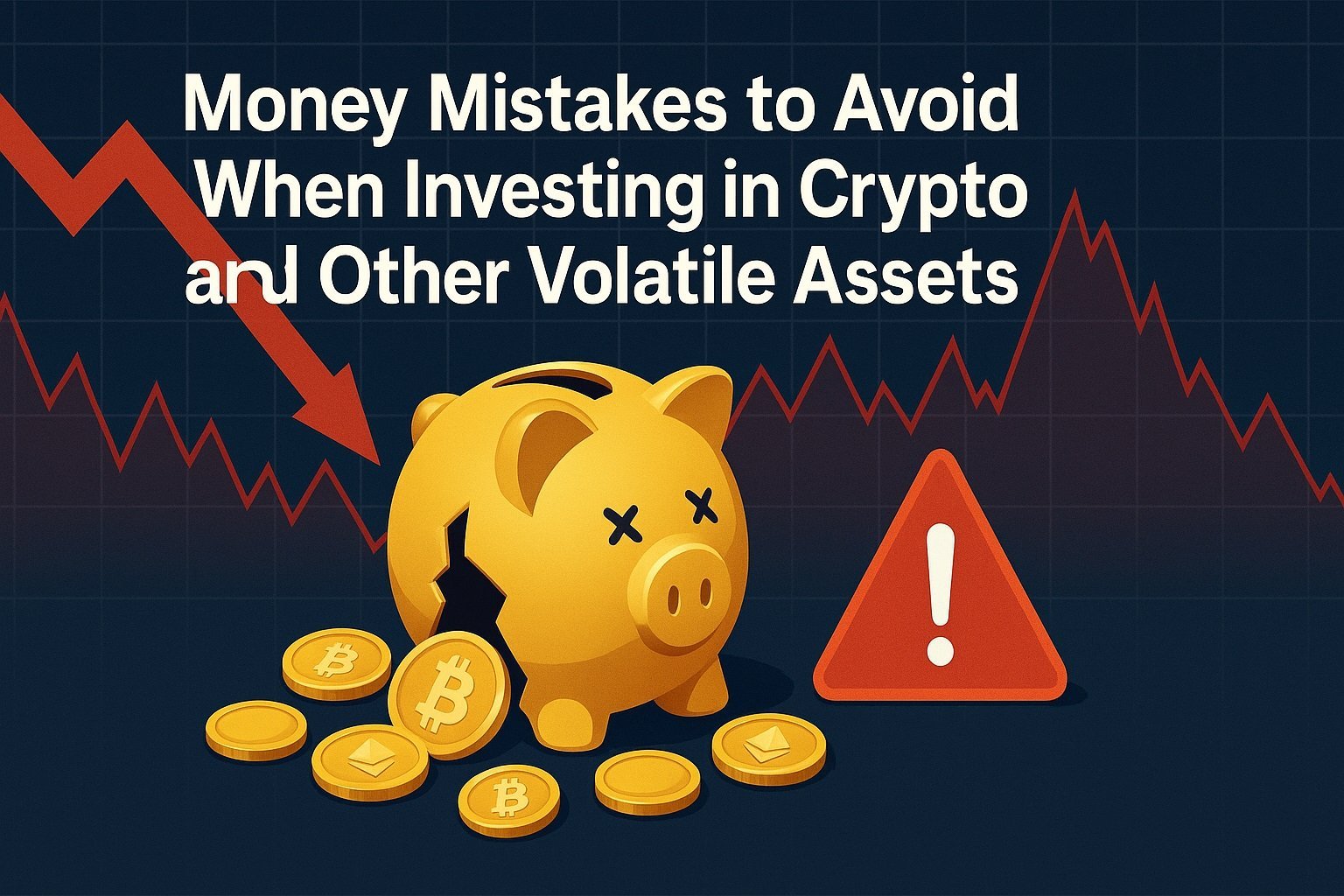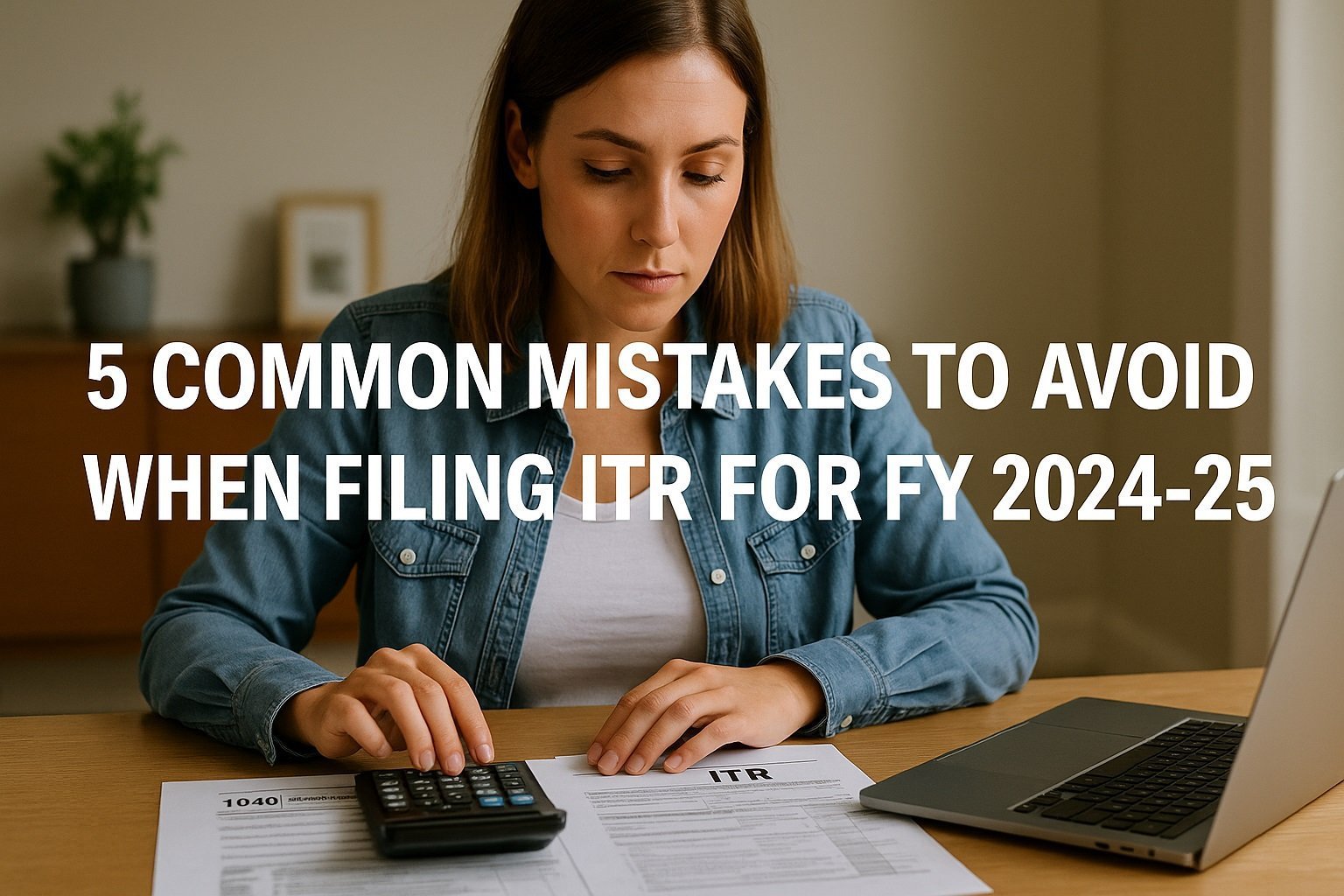
“Retirement planning” means more than saving into a 401(k); after 50 it also means preserving what you’ve built, positioning it for decades of withdrawals, and planning for rising costs and longer life spans. This outline walks you through the most common money mistakes people make after 50 and the exact steps experts recommend to sidestep them, so you finish strong.
Are You About to Claim Social Security Too Early?

Deciding when to tap into your Social Security can feel like a high-stakes choice. If you file at the earliest eligibility age of 62, you could lock in a benefit that’s as much as 30 percent smaller than what you’d receive at full retirement age. That cut applies for the rest of your life, which means that small decision in your early 60s can translate into tens of thousands of dollars in foregone income over the years. After 50, maximising guaranteed lifetime income should be one of your top priorities. Waiting just a few years may boost your monthly cheque substantially, giving you more financial flexibility down the road.
Strategy Step: Estimate benefits at 62, FRA, and 70; create a bridge-income plan if a short delay boosts payouts
First, get precise estimates of how much you’d collect at age 62, at your full retirement age (FRA), and at age 70. You can do this by logging into your Social Security account and reviewing the projections for each claiming age. Next, compare those figures to see how much extra you’d gain by waiting. For many people, a two- or three-year delay can add several hundred inflation-adjusted dollars a month for life.
If the extra income at FRA or 70 looks compelling but you need cash sooner, build a bridge-income strategy. This might mean drawing down part of your taxable savings, converting a bit of traditional IRA balance into Roth over time, or planning part-time work for a couple of years. The goal is simple: fund your living expenses until you start your higher Social Security benefit. That way, you sidestep the permanent 30 percent haircut and set yourself up for steadier income decades into retirement.
Has Lifestyle Creep Eroded Your Extra Earnings?

As you hit your peak-earning years after 50, it’s easy for spending to climb right alongside your salary. A bigger bonus here, a nicer vacation there, and suddenly that extra income disappears instead of padding your retirement nest egg. Even though your pay cheque grows, your savings stay stubbornly flat. Before you know it, you’re still living on last decade’s budget despite today’s higher earnings.
Strategy Step: Switch to a “save the raise” rule; automatically divert every post-50 raise or bonus to retirement accounts
Here’s a simple habit tweak that makes a big difference. The moment you get a raise or bonus, have that extra cash flow directly into your retirement plan. You can update your payroll withholding so your 401(k) contribution jumps by the exact percentage of your salary bump. If you prefer IRAs, set up an automatic transfer from checking to your IRA right after each payday. Want to supercharge the boost? Use catch-up contribution limits: after 50, you can add an extra $7,500 to your 401(k) and $1,000 to IRAs each year.
By treating the raise as “off-limits” spending, you won’t even miss the extra dollars. Before you know it, what felt like a small lifestyle boost becomes a powerful way to lock in more savings, compound growth, and ultimately a more comfortable retirement.
Are You Taking Too Little Risk With Investments?

After age 50, it’s tempting to shift heavily into cash or bonds to “play it safe”. But if you lock away too much of your portfolio in ultra-conservative holdings, you could stunt the growth needed to power a 30-year or longer retirement. Inflation quietly chips away at purchasing power, and without enough exposure to stocks or other growth assets, your nest egg may not keep pace with rising costs and longevity. Striking the right balance between security and growth is essential to preserve and grow your savings well into your later years.
Strategy Step: Use a “bucket” or glide-path allocation that keeps 5-7 years of withdrawals safe while leaving the rest in diversified equities
One smart way to manage risk is with a bucket system. First, set aside enough in a short-term bucket – think cash, short-term bonds, or stable value funds – to cover your living expenses for the next five to seven years. This cushion lets you draw income without selling stocks at a market low. Meanwhile, keep the larger portion of your portfolio in a growth bucket invested in a diversified mix of equities, such as U.S. large-caps, international stocks, and a sprinkle of small-cap or value funds.
As you move through retirement, replenish the short-term bucket from your growth bucket on a planned schedule – quarterly or annually – so you’re always prepared for the next spending period. Alternatively, a glide-path model does this automatically, gradually shifting your overall allocation toward more fixed income as you age. Both approaches help you capture market upside while safeguarding enough cash to avoid forced sales, giving your portfolio the staying power to fund decades of withdrawals without unnecessary risk.
Do You Know Your Required Minimum Distributions (RMDs)?

Once you hit the RMD milestone, the IRS expects you to start pulling money from your tax-deferred accounts each year. Miss the deadline or withdraw too little, and you could face a whopping 25 percent penalty on the shortfall. That kind of hit can wipe out any tax savings you built up over decades. After age 73 (for most people), it’s not optional; it’s a must-do. Treat RMDs like bill payments: mark the dates now so you never scramble at year-end, accidentally miss a withdrawal, or end up scrambling to cover an unexpected tax bill.
Strategy Step: Build an RMD calendar; consider qualified charitable distributions (QCDs) to offset taxable income
Start by mapping out each account’s RMD deadline on a shared calendar, whether that’s Outlook, Google Calendar, or a printed planner. Include reminders a month before each deadline so you have time to request distributions or rebalance if needed. At the same time, think about qualified charitable distributions. If you’re charitably inclined, you can send up to $100,000 per year directly from an IRA to a qualified charity, which counts toward your RMD but isn’t taxable income. That move can shrink your AGI, reduce Medicare premiums, and even keep more of your Social Security from being taxed. By syncing your RMD calendar with QCD planning, you’ll dodge penalties and trim your tax bill in one smooth sweep.
Are Inflation and Health-Care Costs Built Into Your Plan?
Even modest inflation quietly erodes your spending power over time. At just 2 percent annual inflation, you’d need roughly $1.64 to buy what $1 covers today, meaning your dollars lose about 40 percent of their value in 25 years. If inflation runs closer to 4 percent, that same $1 buys only about 38 cents of goods and services after a quarter century. Meanwhile, Medicare covers many health-care basics but not long-term-care services like assisted living or in-home nursing. Without factoring in rising costs and care gaps in your retirement budget, you could find yourself tapping savings faster than planned.
| Inflation Rate | Value of $1 After 25 Years |
|---|---|
| 2 percent | $0.61 |
| 4 percent | $0.38 |
Strategy Step: Stress-Test Cash-Flow Projections at 3-4 Per Cent Inflation; Price Long-Term-Care Insurance or Hybrid Products by Age 55–60
To build resilience, run your retirement income plan through a “what-if” scenario with 3 to 4 percent inflation. Plug higher cost assumptions into your cash-flow spreadsheet or financial-planning tool to see how expenses and withdrawals might stretch your nest egg over decades. If the numbers look tight, consider long-term-care insurance or hybrid life-and-LTC products before age 60, when premiums are most affordable. Shopping early gives you more options and lower rates, so you can protect your assets and reduce the risk of depleting savings if extended care becomes necessary.
Is Overspending in Early Retirement a Threat?
Kicking off retirement with bucket-list trips, major home renovations, or splurges on new hobbies can feel exciting, but it often leads to what planners call the “retirement spending smile”. In those first few years when you’re healthiest and most active, you tend to spend far more than in later decades. If you front-load big expenses without a clear spending plan, you risk depleting a large slice of your nest egg right away, leaving fewer resources for the quieter, potentially longer tail end of retirement.
Strategy Step: Adopt a three-phase budget (Go-Go, Slow-Go, No-Go years) and cap withdrawals at 3.5–4 % of portfolio value
Treat your retirement budget as a roadmap with three distinct sections. In the go-go phase (early retirement), you’ll enjoy travel, hobbies, and big projects but set a firm cap on withdrawals at no more than 4% of your portfolio each year. As you transition into Slow-Go years (mid-retirement), scale back splurges, focus on lower-cost activities, and stick closer to a 3.5% withdrawal rate. Finally, in the No-Go phase (later years), prioritise essential housing, health care, and day-to-day living and continue to limit withdrawals so your assets last.
To put this into practice, draft a phased spending plan: outline likely costs and activities for each period, then run your numbers to ensure total withdrawals stay within that 3.5–4% window. Automate your withdrawals or use a cash-reserve bucket to enforce the cap. This structured approach smooths out the spending smile, helps prevent early depletion, and keeps your portfolio on track to support you for the long haul.
Are You Borrowing From or Cashing Out Retirement Accounts?

It’s tempting to tap your 401(k) or IRA when an unexpected expense pops up, especially after 50 when other savings might feel scarce. But borrowing from or cashing out retirement accounts comes with a hidden cost: you lose out on years of compound growth, and early withdrawals can trigger income taxes plus a 10 percent penalty if you’re under 59½. Even 401(k) loans, while “interest-free”, still divert money that could be compounding for decades, and if you leave or lose your job, the loan balance may become taxable immediately. In short, raiding retirement assets today often means a smaller nest egg tomorrow, and that can undermine the very plan you’re trying to protect.
Strategy Step: Build an emergency fund equal to six months’ expenses; evaluate home-equity or HSA options before tapping retirement assets
Rather than treating your retirement accounts like an ATM, start by stocking a dedicated emergency fund; aim for six months of living costs in a high-yield savings account. Once that’s in place, you’ll have a crisis buffer without risking tax hits or derailing your compounding engine. If you still need cash beyond emergency savings, consider borrowing against home equity at today’s low rates or using health savings account dollars for eligible medical bills. HSAs grow tax-free, and qualified withdrawals avoid penalties. By exhausting these alternatives first, you’ll keep your retirement accounts intact and let compound interest work its magic over the long haul.
Do You Have an Estate & Incapacity Plan?

Leaving your loved ones to sort through outdated wills, missing powers of attorney, or forgotten beneficiary forms creates unnecessary stress and can even lead to costly legal battles or tax surprises. After age 50, life events like marriage, divorce, new children, or major asset changes mean your documents need a fresh look. Without regular updates, your wishes might not be honoured, assets could end up in probate, and someone you trust may not have the legal authority to make health or financial decisions on your behalf if you become incapacitated.
Strategy Step: Update core documents every five years or after life events; use transfer-on-death (TOD) designations to speed asset transfer
Set a recurring reminder on your calendar or in your financial planning app to review and refresh your will, health care proxy, durable power of attorney, and beneficiary designations at least every five years or immediately following big life changes. While you’re at it, check retirement and investment account beneficiaries to ensure they still reflect your current intentions. To bypass probate and move assets directly to heirs, ask your advisor about transfer-on-death designations for broking accounts, bank accounts, or even your home. These simple updates keep your plan in sync with your life, reduce stress for your family, and help you rest easy knowing your wishes will be carried out smoothly.
Have You Planned for Longevity and Sequence-of-Returns Risk?
Living well into your 90s is more common than ever, but that extra lifespan can put serious strain on your nest egg, especially if the markets stumble just as you start withdrawing. Imagine retiring in your mid-60s and then facing a bear market in the first few years. Withdrawing funds from a shrinking portfolio magnifies losses, making it harder for your savings to recover. That timing hazard, known as sequence-of-returns risk, combined with the risk of outliving your assets, means you must plan not only for how long your money needs to last but also for the order in which markets move.
Strategy Step: Layer guaranteed income delayed Social Security, pensions, low-cost income annuities to cover essential expenses
One way to protect yourself is by building a foundation of guaranteed income that kicks in regardless of market swings. Start by delaying Social Security until age 70 if you can, since those extra years boost your monthly benefit. If you have a pension option, consider taking a lifetime payout rather than a lump sum. And for an added buffer, shop for low-cost income annuities that guarantee a fixed payment for life. By covering your core needs – housing, utilities, basic living costs With these reliable sources, you leave your investment portfolio free to ride out volatility. That layered approach turns sequence-of-returns risk from a potential portfolio killer into a manageable planning factor, so you can enjoy a long, secure retirement.
Are You Relying on “Working Forever” to Fix Shortfalls?
Counting on staying on the job into your late 60s or 70s can feel reassuring, but life rarely follows the best-case script. Health setbacks or corporate restructuring can push you out of the workforce sooner than planned, leaving you scrambling to cover expenses with limited savings. Even if you love your work, the reality is that most people face an unplanned exit, and without adequate reserves, you could be forced into a tighter budget at a time when you least expect it.
Strategy Step: Treat any post-retirement earnings as a bonus; save aggressively now as though you can’t work past 62
Rather than banking on future paycheques, assume you’ll need to fund retirement as if 62 is your last working year. That mindset shift makes saving more urgent today. Boost retirement contributions, max out catch-up limits, and redirect any side gig or consulting income straight into your nest egg. If you do keep working past 62, consider that extra cash pure upside; use it to shore up emergency savings or pay down debt instead of upping your spending. By planning for the toughest scenario now, you’ll be better prepared whether you choose to work longer or need to step away unexpectedly.
FAQ – People Also Ask
| Question | Quick Answer |
|---|---|
| What is the biggest money mistake retirees make? | Claiming Social Security or pension benefits too early, which locks in a permanently lower lifetime income. |
| Is 55 too late to start retirement planning? | Not at all. Take advantage of catch-up contributions, boost savings rates, and consider delaying retirement to close the gap. |
| How much should I have saved by age 50? | Aim for roughly six times your annual salary, though your ideal target depends on lifestyle, pensions, and health needs. |
| How can I catch up on retirement savings in my 50s? | Max out employer plans ($23,500 plus $7,500 catch-up in 2025), fund HSAs and IRAs, pay down high-interest debt, and downsize big expenses. |
| Should my investment risk change after 50? | Yes, gradually shift toward a balanced mix while keeping enough growth assets to beat inflation and support a 30-year horizon. |



















